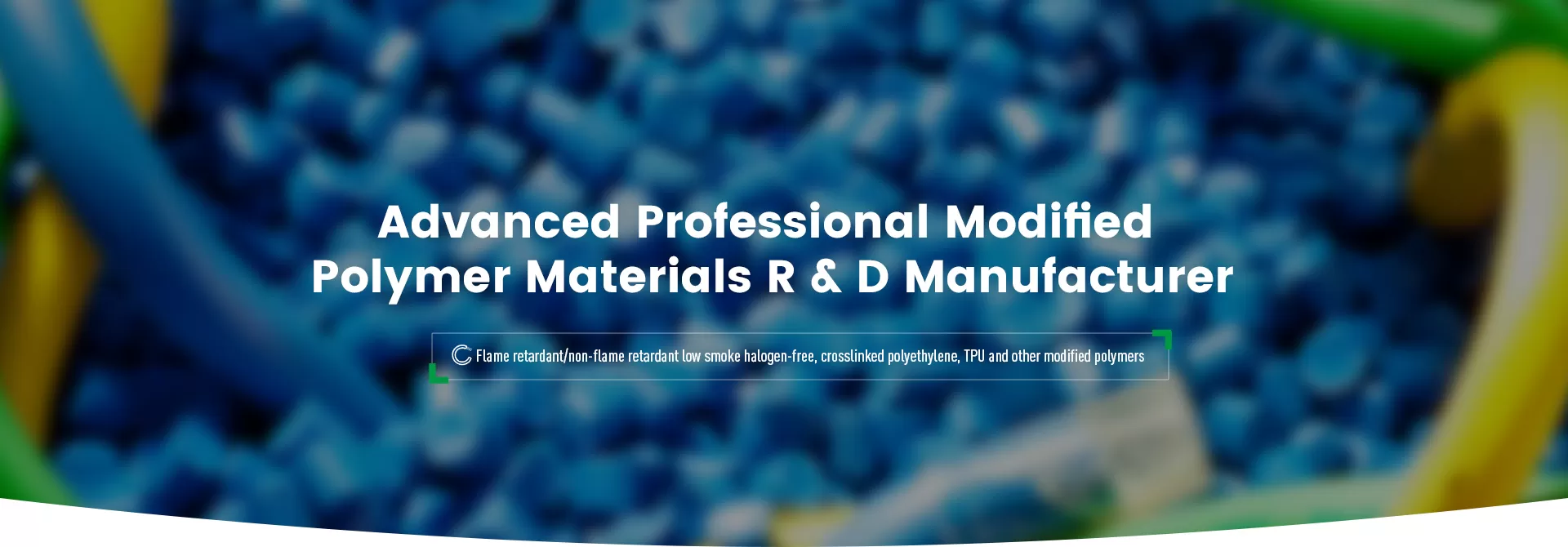
Thermoplastic Polyurethane (TPU) has unique thermal properties that contribute to its widespread use in various industries. Unlike traditional crystalline materials, TPU does not have a distinct melting point, but has a certain melting range due to its semi-crystalline nature.(TPU hardness difference: Shaw D\Shaw A)
| Parameter | Value/Range | Remarks |
|---|---|---|
| TPU Melting Range | 180°C - 210°C | Varies depending on the specific TPU formulation and processing conditions. |
| Glass Transition Temp (Tg) | -50°C to -30°C | Ensures flexibility in low-temperature applications. |
| Decomposition Temp | ~250°C | Decomposition occurs beyond the safe processing range. |
The soft and hard segments in the TPU polymer structure determine its melting behavior. While the hard segments provide structural integrity and thermal stability, the soft segments enhance elasticity and adaptability during processing.
TPU glass transition temperature (Tg) reflects the ability of TPU to remain flexible in cold environments. With Tg typically ranging from -50°C to -30°C, TPU can maintain elasticity and impact resistance even in sub-zero conditions.
This property is particularly important for the following applications:
· Outdoor applications, such as cables and pipes exposed to extreme weather.
· Refrigerated materials, ensuring durability in low-temperature logistics systems.
·Flexible components in automotive and aerospace applications, where resilience under temperature changes is critical.
1. Heat Resistance
TPU’s ability to withstand high temperatures without deformation makes it a material of choice for applications such as:
·Injection molding of precision parts.
·3D printing (where stability during high-temperature processing is critical).
2. Low-Temperature Flexibility
TPU can maintain performance in environments where other plastics may become brittle.
For example:
·Ensure wear resistance in snow sports equipment.
·Ensure flexibility in low-temperature environments for medical devices, medical tubing, and medical cables.
3. Thermal Stability
Stable thermal properties ensure the life and performance of TPU in applications that require long-term exposure to different temperatures.
| Property | Effect | Applications |
|---|---|---|
| High Heat Resistance | Prevents deformation at elevated temperatures. | Automotive hoses, industrial seals. |
| Low Tg | Ensures flexibility in cold conditions. | Refrigerated storage, outdoor cabling. |
| Thermal Stability | Prolongs lifespan under cyclical temperature changes. | Wearable electronics, industrial belts. |
| roperty | Typical Value | Test Method | Applications |
|---|---|---|---|
| Melting Temperature (°C) | 180 - 210 | DSC (Differential Scanning Calorimetry) | Injection molding, 3D printing. |
| Glass Transition Temperature (°C) | -50 to -30 | DMA (Dynamic Mechanical Analysis) | Cold storage, automotive parts. |
| Tensile Strength (MPa) | 25 - 40 | ASTM D412 | High-strength tubing, industrial parts. |
| Elongation at Break (%) | 300 - 600 | ASTM D412 | Flexible hoses, footwear. |
| Abrasion Resistance | Excellent | DIN 53516 | Protective coatings, conveyor belts. |
1. 3D printing with TPU
TPU’s melting range and thermal stability enable precision printing, with flexible and strong output.
Its elastic, heat-resistant properties make it suitable for custom prototypes, medical models, and wearable devices.
2. Injection Molding Applications
TPU’s versatile melt properties make it ideal for injection molding processes. Common applications include automotive seals, industrial gaskets, and consumer electronics housings.
3. Cable Jacketing and Industrial Tubing
With its low glass transition temperature, TPU excels in protecting cables and tubing exposed to harsh weather. Its abrasion and oil resistance further enhances its durability in industrial environments.
4. Medical Applications
In medical devices, TPU’s ability to remain flexible at body temperature ensures patient comfort. Its oil and grease resistance is critical for tubing and seals in fluid management systems.
TPU’s melting point and glass transition temperature are key factors driving its performance in different applications. By fine-tuning the formulation, manufacturers can leverage TPU’s unique thermal stability, mechanical properties, and wear resistance to meet industry-specific needs. Understanding these thermal behaviors is critical to optimizing TPU’s performance in advanced applications such as 3D printing, industrial tubing, and precision molding.